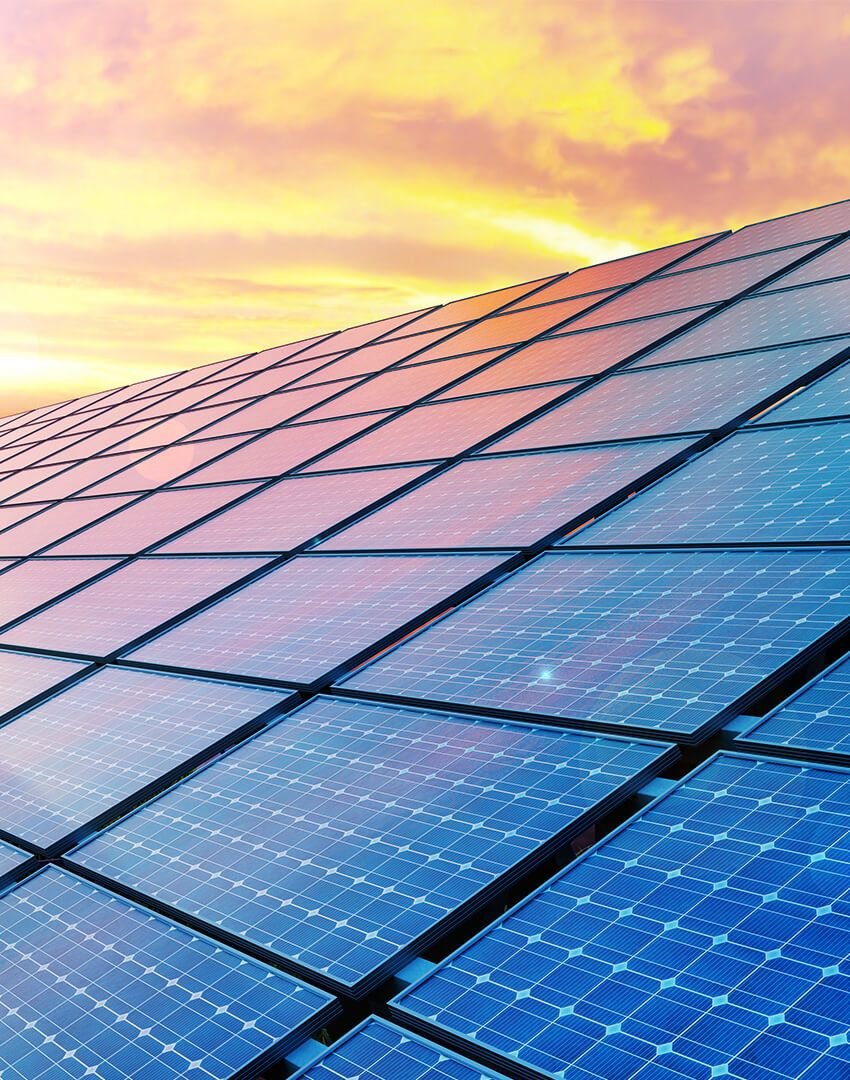Sustainability
Energy Transition
The Earth is overheating. According to NASA data, in 2019 the average temperature was 0.98 degrees higher than pre-industrial levels. Global warming, in addition to causing the melting of glaciers and rising sea levels, causes other climatic changes such as desertification and the increase in extreme phenomena such as hurricanes, floods and fires: altering the climate could cause incalculable damage.
At Interenergy we are working to be carbon neutral by 2050.
In December 2015, as a result of COP21 in Paris, an international agreement was signed that established the objective of keeping global warming below 2 degrees with respect to pre-industrial levels before the end of this century and, if possible, limit it to 1.5 degrees.
To achieve this objective, the main tool is the energy transition, that is, to change from an energy system based on fossil fuels to one with low or zero emissions, based on renewable sources.
However, the energy transition is not limited to the progressive closure of coal plants and the development of clean energy. It is a paradigm shift of the entire system. A great contribution to decarbonization that comes both from electrification, which also makes other sectors cleaner, such as transport, and from the digitization of networks, which in turn improves energy efficiency.
The benefits are not just for the environment. The development of renewables and the reconversion of the old power plants helps the economy and creates new jobs. The important thing is that no one is left behind.
The important thing is that the energy transition is inclusive and leaves no one behind. In short, a transition that is fair.
Installed
Near 80% of our installed capacity is low carbon emission.
The energy transition has become necessary to save our planet from the effects of climate change. But the benefits it produces are not only environmental. Renewable sources and electrification reduce pollution and improve air quality (let’s think only about electric mobility), but the paradigm shift produced by the energy transition also represents a great opportunity for economic well-being, the growth of the employment and social development of the communities involved.
For example, the birth of new professional figures, the so-called green jobs, is linked to the evolution of renewable technologies, while the dismantling of old fossil fuel plants may be accompanied by the requalification of technicians and the retraining of operational personnel in other sectors. The fight against energy poverty in many areas of the planet and investments to guarantee access to clean energy for all, also represent an important development opportunity for local communities.

Through the use of renewable energies such as wind and solar energy, storage systems such as batteries and reservoirs, as well as the use of green hydrogen it is intended to reach 20% penetration of renewable energies in the CEPM matrix by the end of 2023, 60% by the end of 2026, and reach 100% by the end of the decade.
This program will contribute to turning its concession area into a world-class 100% green destination. This ambitious endeavor involves an estimated investment of USD$1 billion.
Roadmap CEPM Zero

Green Recovery
Faced with the COVID-19 pandemic crisis, numerous voices from all areas of society advocate taking advantage of the recovery to promote the transition towards a new socio-economic model: one that is climate neutral, resilient, sustainable and inclusive. This is what is known as Green Recovery, a vision to which the InterEnergy Group is fully committed and the horizon towards which we have been working for more than three decades.
We are convinced that cleaner air quality, healthier water, effective waste management, clean energies and enhanced biodiversity protection not only reduce the vulnerability of communities to pandemics and improve resilience, but also have the potential to boost economic activity, generate income, create jobs, and reduce inequalities.
At InterEnergy we’re investing in renewable energy, digitization, big data and electric mobility to promote economic and employment. In the Dominican Republic, we’re expanding our renewable energy parks with the acquisition a GEDOM and we’re expanding into Uruguay with the acquisition a new wind park. In the e-mobility sector, we’re deploying the most advanced and sophisticated platform of charging stations for electric vehicles in the Dominican Republic, Panama and Jamaica.


